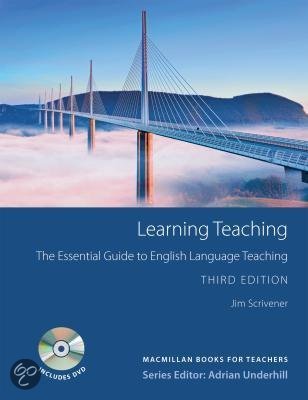Samenvatting
Samenvatting hoofdstuk 3 van het boek Learning Teaching voor het vak TEFL
Dit is een volledige samenvatting van hoofdstuk 3 uit het boek Learning Teaching dat wordt gebruikt voor het vak vakdidactiek op de lerarenopleiding Engels aan de HAN.
[Meer zien]





